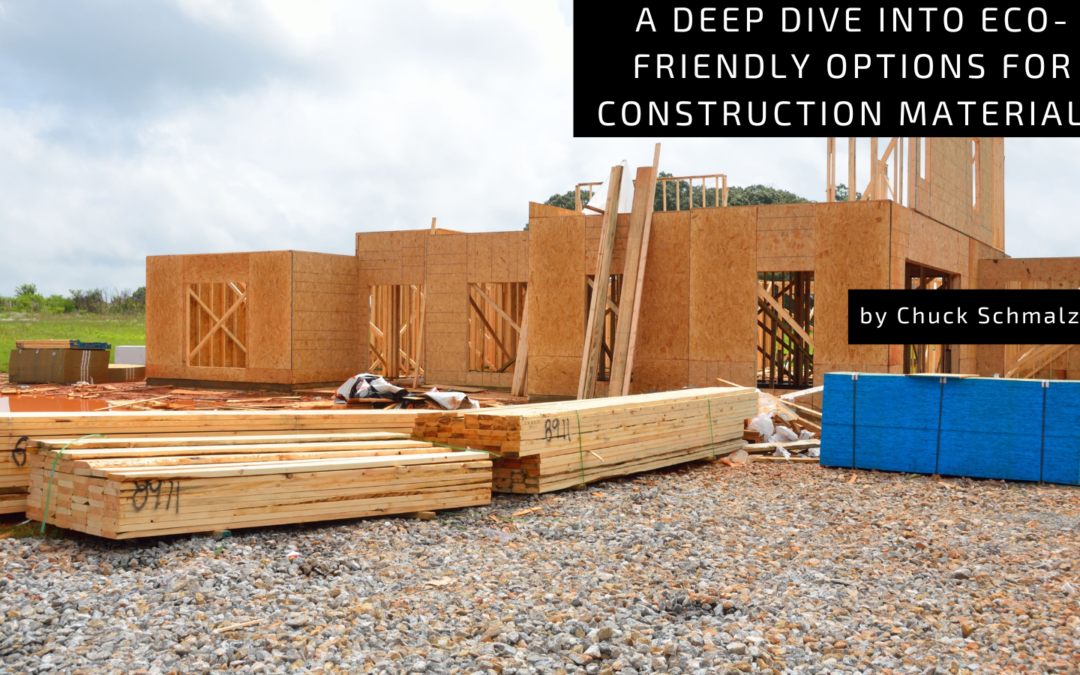The construction industry is shifting towards eco-friendly building materials in a world increasingly conscious of its environmental footprint. As builders and homeowners seek sustainable alternatives, the market has responded with many innovative solutions that balance structural integrity with ecological responsibility.
One of the key players in this sustainable construction revolution is the emergence of recycled and reclaimed materials. Recycled steel, for instance, offers a durable and robust alternative to traditional steel, significantly reducing the demand for new raw materials. Reclaimed wood sourced from old buildings or salvaged from sustainable forests also provides a rustic charm while minimizing deforestation.
Another noteworthy trend is using bamboo, a rapidly renewable resource with remarkable strength. Known for its versatility and quick growth cycle, bamboo is increasingly employed in various construction applications, from flooring and furniture to structural elements. Its low environmental impact and carbon sequestration abilities make it an attractive choice for those aiming to build greener structures.
Natural options like sheep’s wool, cork, and recycled denim insulation have gained traction when insulating homes. These materials provide excellent thermal performance and boast low toxicity levels, contributing to healthier indoor air quality. Sheep’s wool, in particular, is known for its moisture-wicking properties and fire resistance, making it a sustainable and safe insulation choice.
In exterior finishes, alternatives to traditional paints and coatings are making waves. Lime-based plasters, for instance, offer a breathable and eco-friendly option that regulates humidity and reduces the need for energy-consuming climate control systems. Similarly, bio-based paints derived from plant oils and minerals provide a non-toxic alternative to conventional paints, minimizing indoor air pollution.
Innovations in concrete production have also taken center stage in eco-friendly construction. High-performance concrete mixes incorporate fly ash, a byproduct of coal combustion, reduce waste, and enhance the durability and strength of the concrete. Additionally, developing carbon-neutral concrete formulations pushes the industry’s sustainability boundaries.
In conclusion, eco-friendly construction materials are at the forefront of this transformative journey as the construction industry navigates towards a greener future. From recycled and reclaimed options to innovative solutions like bamboo, sustainable materials prove that building responsibly doesn’t compromise quality or durability. As homeowners and builders increasingly prioritize environmental considerations, integrating these materials into construction practices is crucial for a more sustainable and resilient built environment.


